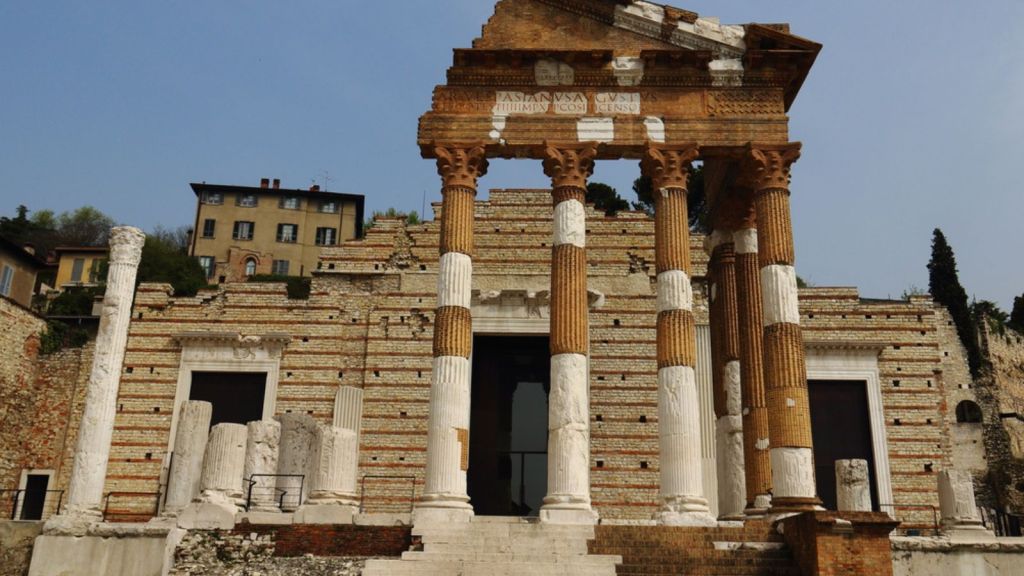“Unveiling the Shadows: 16 Surprising Secrets about the Dark Ages That Will Change Your Perspective!”
3. The Church Wasn’t Just a Religious Institution

The Catholic Church played a central role in the Dark Ages as a spiritual guide and a powerful political and economic force. It owned vast tracts of land, collected taxes, and exerted influence over kings and emperors. Monasteries, meanwhile, served as centers of learning, preserving ancient texts and fostering intellectual inquiry.
The Church’s influence extended to education, healthcare, and even the arts. It commissioned magnificent cathedrals and manuscripts and sponsored the creation of religious music. While the Church’s power was often abused, it also played a vital role in preserving knowledge and maintaining cultural continuity during this period of widespread instability.
4. Not Everyone Was a Peasant

While the majority of the population were indeed peasants, the Dark Ages weren’t a monolithic society. There were also merchants, artisans, knights, clergy, and nobility. Each social class had distinct roles, privileges, and obligations.
Merchants, for instance, played a crucial role in facilitating trade and connecting different regions. Artisans crafted tools, weapons, clothing, and other essential goods. Knights provided military service and upheld a code of chivalry. The clergy served as spiritual leaders and educators. Meanwhile, the nobility, while often enjoying a life of luxury, were expected to govern their lands and provide for their subjects.












